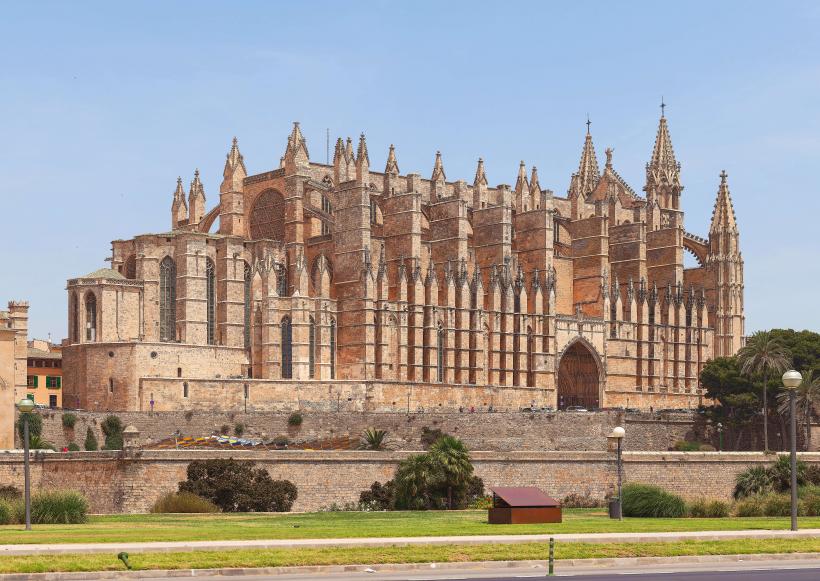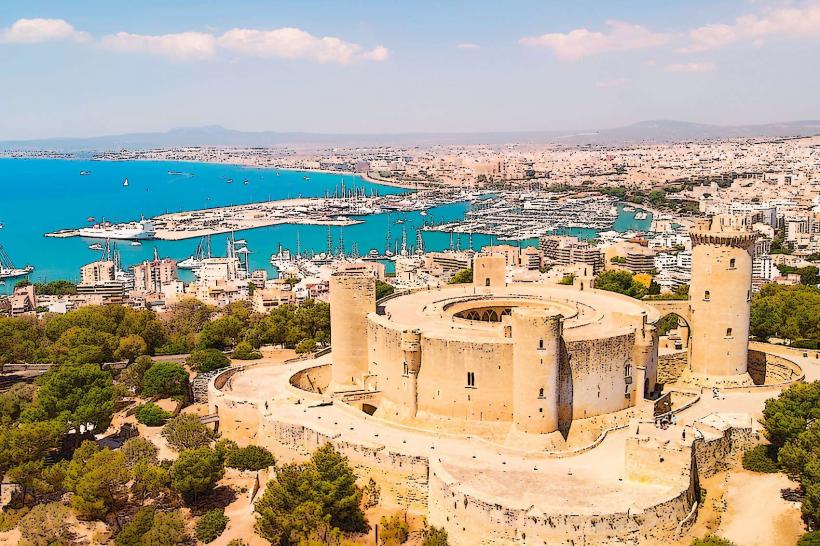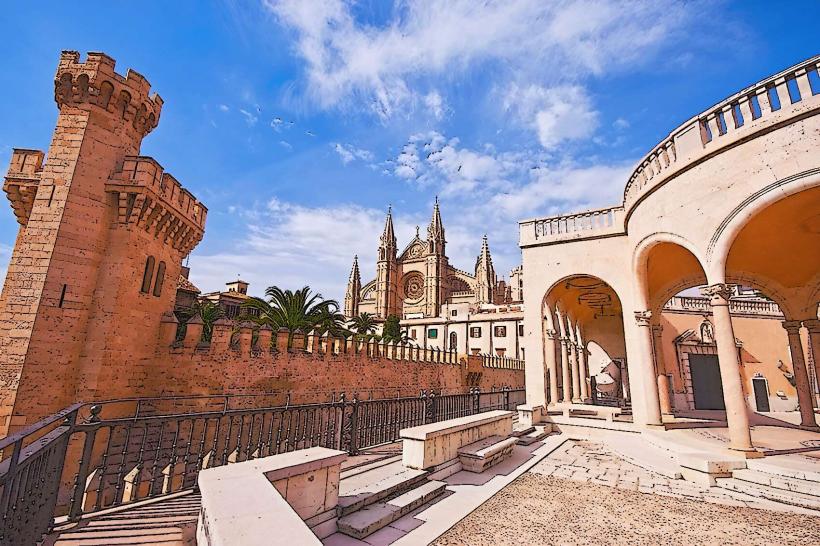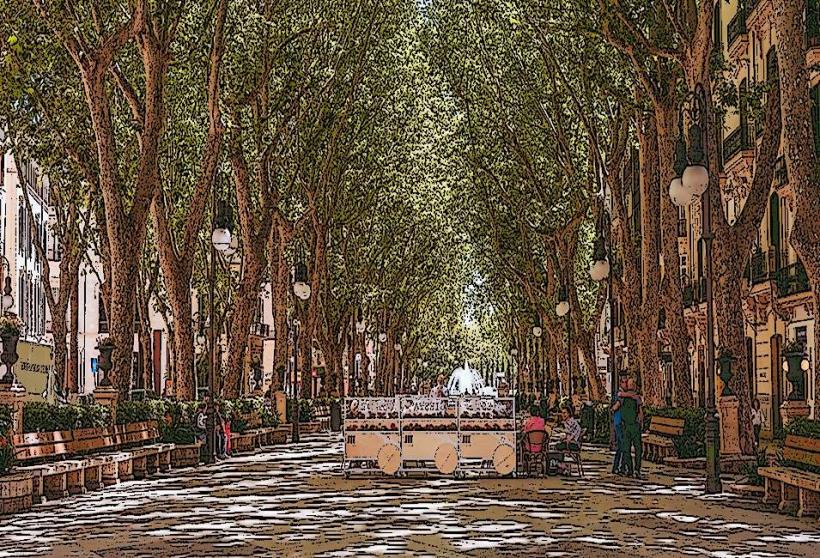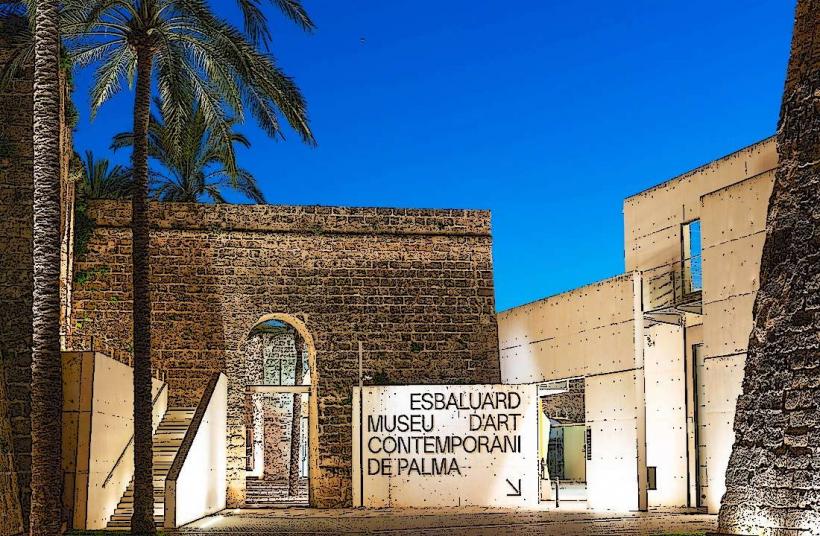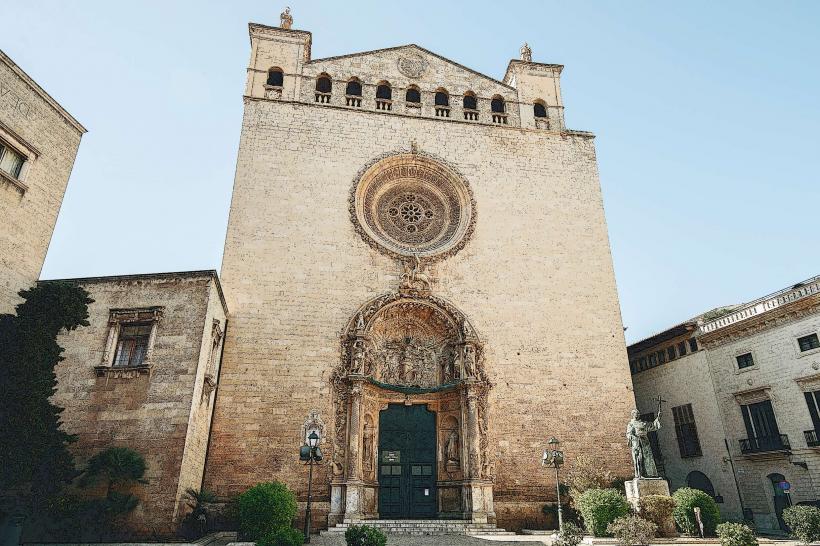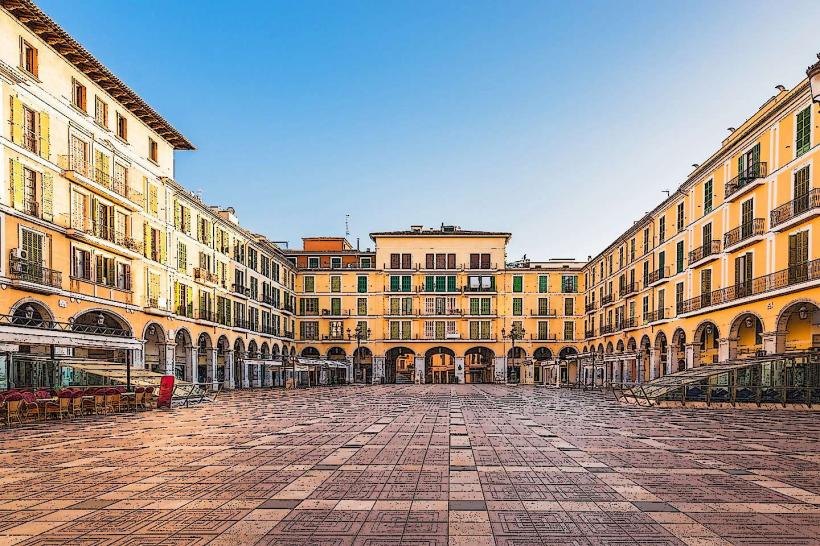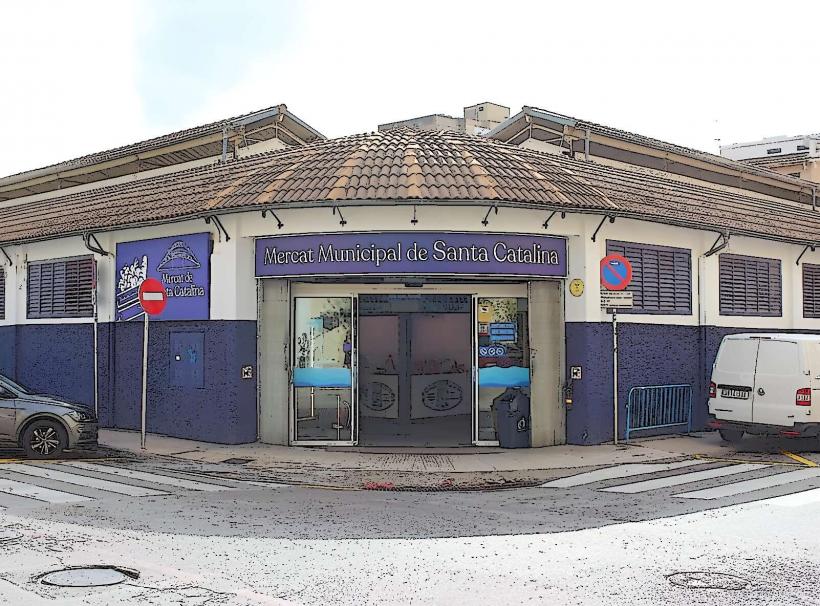Information
Landmark: Arab BathsCity: Palma de Mallorca
Country: Balearic Islands
Continent: Europe
The Arab Baths (Banys Arabs) in Palma de Mallorca are a fascinating historical site that offers a glimpse into the Islamic heritage of the island. Located in the heart of Palma's old town, near the Santa Eulàlia Church, these baths are one of the few remaining examples of the Moorish period in Mallorca and are an important cultural landmark.
1. Historical Background
- Islamic Influence on Mallorca:
Mallorca was under Moorish control for several centuries, from the 10th century until the reconquest by Jaume I of Aragon in 1229. During this period, the Moors brought with them their knowledge of architecture, agriculture, and urban planning. The Arab Baths in Palma were likely constructed during this time, with the most common belief being that they were built in the 11th century, when the island was part of the Caliphate of Córdoba. - Function:
The baths were part of a larger palace complex, where they served as a place for bathing and socializing. Public baths were an integral part of Islamic culture and were commonly found in cities under Muslim rule, reflecting the importance of cleanliness and hygiene in daily life. The Arab Baths of Palma were used by the upper class and may have had both social and health-related functions.
2. Architectural Features
- Moorish Design:
The Arab Baths are a prime example of Moorish architecture on the island. The building is constructed in the typical Islamic style, with a focus on functionality and aesthetics. The baths feature a central domed room (the frigidarium), surrounded by smaller rooms, including a caldarium (hot room) and a tepidarium (warm room). - The Bathing Area:
The most striking feature of the Arab Baths is the central domed room, which was used as the cold-water bath. The dome is supported by eight columns arranged in a circular pattern, with each column made from Romanesque columns that were likely repurposed from earlier structures. The columns are topped with arched windows that allow light to filter into the space, creating a serene and tranquil atmosphere. - Vaulted Ceiling:
The vaulted ceiling of the central room is particularly remarkable, with intricate detailing and a series of ribbed arches. These architectural elements are typical of Moorish design, where the use of symmetry and geometric patterns was highly valued. - Water Channels:
The Arab Baths also feature water channels that were part of the complex system used to supply the baths with water. These channels, along with the baths' central cistern, ensured that the water was kept fresh and clean, essential for the bathing rituals. The presence of running water reflects the advanced engineering skills of the Moors.
3. The Gardens
- Beautiful Surroundings:
The Arab Baths are set within a small garden, which adds to the peaceful and relaxing ambiance of the site. The garden is filled with lush greenery, including palm trees, flowering plants, and fountains that help recreate the atmosphere of a traditional Moorish bathhouse. The garden is a perfect spot for visitors to relax and reflect on the history of the site. - Restoration and Preservation:
The garden surrounding the Arab Baths was restored in the 20th century, and it is now a tranquil space where visitors can sit and enjoy the views. The area is designed to reflect the typical Moorish-style gardens, which were often created as places of solace and serenity.
4. Cultural and Historical Significance
- One of the Few Remaining Moorish Sites:
The Arab Baths are one of the few Moorish structures that have survived from the period of Islamic rule in Mallorca. Many other buildings from the time were either demolished or rebuilt during the Christian reconquest. As such, the Arab Baths offer a unique insight into the Islamic period of Mallorca's history. - Symbol of Palma’s Multicultural Past:
The site is a symbol of the multicultural nature of Palma’s history. For centuries, the island was a crossroads for different cultures, with the Moors, Jews, and Christians all contributing to the city's development. The Arab Baths are a testament to the island's Islamic past, while the later Christian influences are reflected in the use of Romanesque columns and other elements in the construction. - Tourist Attraction:
Today, the Arab Baths are a popular tourist destination. Although the building is relatively small, it offers visitors a peaceful escape from the bustling streets of Palma’s old town and a chance to experience a piece of the island’s Moorish heritage. The site is also an excellent example of the island's architectural diversity and the ways in which different cultures have influenced Palma’s urban landscape.
5. Visiting the Arab Baths
- Opening Hours:
The Arab Baths are typically open to visitors throughout the week, with varying hours depending on the season. It is advisable to check the opening hours ahead of your visit to ensure that the site is open. - Entry Fee:
There is a small entrance fee to visit the Arab Baths. The cost is usually quite affordable, making it accessible to most visitors. The fee helps maintain the site and ensures its preservation for future generations. - Accessibility:
The Arab Baths are located in a small, quiet street in the old town of Palma. It is easy to walk to from other major attractions, such as the Palma Cathedral and the Almudaina Palace. While the site is small, it provides a peaceful and culturally enriching experience in the heart of the city.
6. Conclusion
The Arab Baths of Palma offer a fascinating glimpse into the island’s Islamic past. Despite being one of the few surviving Moorish structures in Mallorca, they have managed to retain much of their original architectural beauty. The central domed room, vaulted ceilings, and water channels reflect the advanced engineering and artistic craftsmanship of the Moors. Combined with the serene garden setting, the Arab Baths provide a peaceful and educational experience for anyone interested in Mallorca's history and cultural heritage. Whether you're a history buff, architecture enthusiast, or simply looking for a quiet spot in Palma, the Arab Baths are a must-see landmark.

